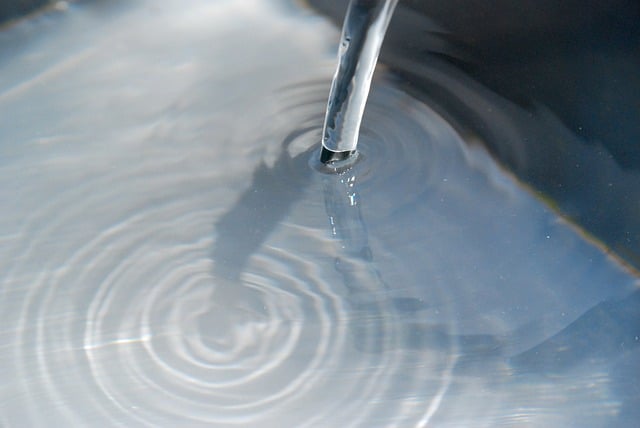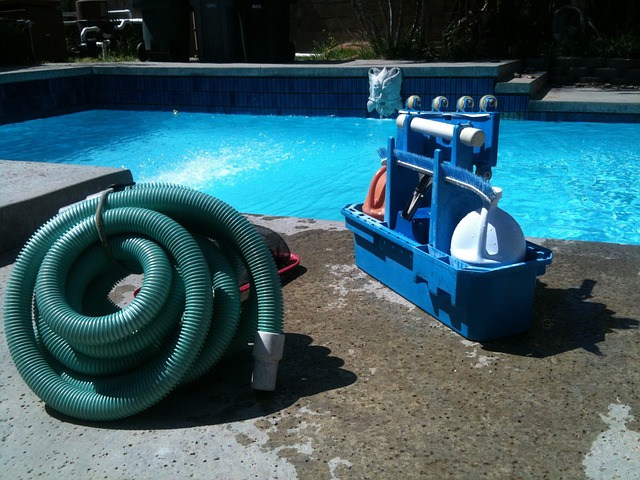
In water purification, flocculation collaborates with the filtering of waste and impurities.
Flocculation is the process that develops when adding, in a colloidal dispersion , an element that produces agglutination . A colloidal dispersion, meanwhile, is a substance that appears homogeneous although it has two phases (a fluid and very small solids).
Particle Aggregation
What is added with flocculation is a flocculant : an agent that generates the aforementioned chemical process. When the colloids present in the dispersion agglutinate, it is easier to decant and therefore filter the fluid.
Flocculation, in short, involves an aggregation of particles . In this way, many small particles agglutinate to give rise to large clumps known as flocs . An important concept in this area is coagulation , which consists of destabilizing the colloidal particles that appear as a result of adding a coagulant, a chemical reagent, which neutralizes the electrostatic charges of the former and causes them to join together. The most relevant points in the relationship between coagulation and flocculation are pH, time and velocity gradient.
These last two influence an increase in the probabilities of union between the particles and the time they have for their descent due to gravity , so that their accumulation at the bottom occurs. The pH itself is important when it comes to destabilizing substances of both types, flocculans and coagulants. To find the ideal flocculant solution, it is necessary to carry out field and laboratory tests, until you find the one that best suits the materials that are suspended in the medium to be cleaned, for example.
In the mining field, synthetic polymers with a high molecular weight , long chain molecules and very similar to solid surfaces are used as flocculants. These are macromolecules that are capable of attaching to particles through the process known as adsorption (the adhesion to a surface experienced by the molecules, ions or atoms of a liquid, a gas, a dissolved solid). In this way, flocculation is generated by creating bridges between the particles.
Water purification
It is common for flocculation to be carried out within the framework of water treatment and purification . Coagulation , flocculation and sedimentation are usually promoted to allow filtration of waste and impurities.
By incorporating a coagulant, the suspended particles attract and join together, achieving coagulation . Then, through agitation and flocculation, groupings of particles are obtained that produce flocs. The next step is to deposit the water in sedimentation tanks. In addition, pressurized air can be used so that the flocs are pushed to the surface.
Pool cleaning
Pool cleaning can also be done with flocculation. The incorporation of a flocculant causes sediments to accumulate on the ground after several hours of action, so they can be collected using a pool cleaner .

Thanks to flocculation, sediment accumulates at the bottom of the pool for later cleaning.
Ionic flocculation
Through ionic flocculation, that is, the use of so-called ionic flocculators , it is possible to modify the molecules that dissolve in a fluid. These flocculators are elements that are made up of tubes made of different materials, such as copper, silver or stainless steel, and that are connected with direct current poles , either negative or positive, to produce ionic activity.
When they are immersed in the fluid, they generate an electric field that increases the energy of the electrons and causes the atoms of the diluted molecules to undergo an alteration of their structure and reach their elemental form.
